基于机器视觉的立体仓库中货物自动识别技术研究毕业论文
2020-07-16 20:25:58
摘 要
随着立体仓库在物流、工业生产以及医学等领域的应用越来越广泛,其货物的自动识别问题也逐渐成为讨论的焦点,为了提高货物识别的自动化程度和准确度,提出了运用一种隶属于人工智能分支的技术-即机器视觉技术。
本课题在研究立体仓库和机器视觉技术的基础上,建立了一套基于机器视觉的货物识别实验验证平台,待测工件为两种不同形状的通孔圆柱件。通过工件的形状特征识别,验证了本文运用的图像处理算法的可靠性。主要工作如下:
(1) 利用CCD相机垂直拍摄待测工件,然后将数字化图像存储到CPU中;
(2) 运用MATLAB软件进行图像处理,通过对比各步骤不同算法的处理效果,最终选用中值法平滑噪声、阈值迭代法分割图像、Canny算子检测边缘;
(3) 根据提取工件图像的像素面积、矩形度、圆形度以及Harris角点拟合直线求出的边长和角度完成工件的识别,验证算法的可行性。
关键词:立体仓库 机器视觉 图像处理 图像识别 货物识别
Research On Automatic Identification Technology of Goods in Automated Warehouse Based On Machine Vision
Abstract
With the increasing application of automated warehouses in fields such as logistics, industrial production, and medicine, the issue of automatic identification of goods has gradually become the focus of discussion. In order to improve the degree of automation and accuracy of cargo identification, the use of an affiliation belonging to artificial intelligence - machine vision technology is proposed.
Based on the research of automated warehouse and machine vision technology, this project has established a set of machine vision-based cargo identification experiment platform. The measured workpiece are simple through-hole cylinders. Through the shape recognition of the workpiece, the image processing algorithm was verified to be reliable. The main work is as follows:
(1) Use a CCD camera to photograph the workpiece to be measured vertically and then store the images in the computer;
(2) MATLAB software is applied to process the images and finally decide to use threshold iterative method to smooth the image noise and the Canny operator to detect image edges by comparing the processing effects of different algorithms in each step ;
(3) Identify the workpiece based on the area, squareness, circularity, center of gravity of the extracted workpiece image and the length of the edge calculated from the lines fitted by the corner points to verify the feasibility of the algorithm.
Key Words: Automated warehouse; Machine vision; Image processing; Image recognition; Cargo Identification
目 录
摘 要 I
Abstract II
第一章 绪论 1
1.1 研究背景 1
1.2 货物识别分拣系统的发展及现状 2
1.2.1 国外研究现状 2
1.2.2 国内研究现状 4
1.3 课题研究的目的和意义 5
1.4 本课题完成的工作 6
第二章 立体仓库与机器视觉 7
2.1 立体仓库系统 7
2.1.1 立体仓库的主要类别 7
2.1.2 立体仓库系统构成 8
2.1.3 立体仓库的操作流程 9
2.2 机器视觉系统 10
2.2.1 机器视觉系统的构成 11
2.2.2 机器视觉系统的工作流程 12
2.2.3 机器视觉的典型应用 13
2.3 经济性核算 10
第三章 平滑滤波及图像分割 15
3.1 平滑滤波 15
3.1.1 领域平均法(均值滤波法) 16
3.1.2 中值滤波器 17
3.1.3 待测件图像滤波处理 18
3.1.4 实验小结 20
3.2 图像分割 21
3.2.1 简介 22
3.2.2 算法 22
3.2.3 待测件图像阈值分割 23
3.2.4 结论 25
3.3 本章小结 26
第四章 边缘检测及工件形状特征提取 27
4.1 边缘检测 27
4.1.1 原理 27
4.1.2 检测方法 27
4.1.3 待测件图像边缘检测提取 29
4.2 工件形状特征提取 30
4.2.1 简介 30
4.2.2 分类 30
4.2.3 形状特征提取项目 30
4.2.4 待测件图像形状特征提取 34
4.3 本章小结 37
第五章 实验验证及数据误差分析 38
5.1 系统综述 38
5.1.1 待识别的工件 38
5.1.2 实验目的 38
5.1.3 实验原理 38
5.1.4 实验步骤 39
5.2 待测件形状特征识别结果 39
5.3 数据误差分析 41
第六章 总结与展望 44
参考文献 45
致 谢 47
第一章 绪论
1.1 研究背景
随着经济和科学技术的快速发展,工业生产自动化程度越来越高,立体仓库是一种集计算机技术、传感测试技术、控制技术以及图像处理等技术于一体的现代化储运货仓。由于其具有高运输效率、高封闭性、高空间利用率等特点,立体仓库在工业生产领域、物流领域、商品制造领域以及军事等领域起着举足轻重的作用[1]。目前,许多现代化企业正在建造立体仓库储运生产的货物,因此立体仓库有着广阔的发展前景。
与此同时,随着人工智能的快速发展,自动化立体仓库也显现出一些弊端,主要的问题包括:自动化程度不够高,在货物入库、出库时,需要通过人工识别、拣选货物,不能实现完全自动化地识别和拣选,从而降低了分拣时的效率;调度机制不够完善,影响了立体仓库的工作效率[2]。这些问题的存在,使得立体仓的研究更加具有必要性和立即性。
立体仓库在完成出、入库作业时,通过货物的自动识别实现生产流水线上的自动化。目前,已有的货物识别技术以条形码为主,但条形码的信息会随着时间的加长模糊化或者出现人为贴错的现象,这种识别方式的缺点是不能利用货物本身的特点进行识别[3]。
相关图片展示:
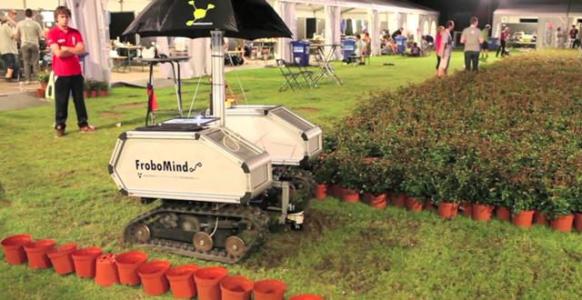
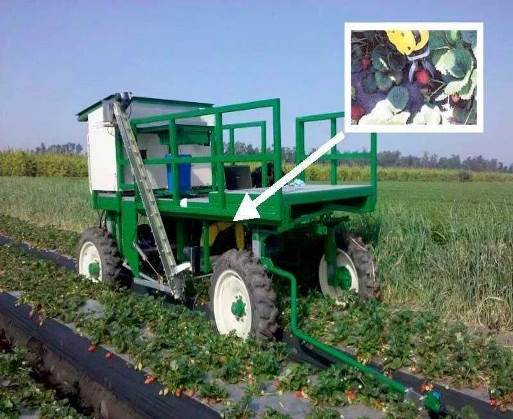
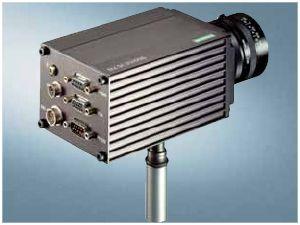
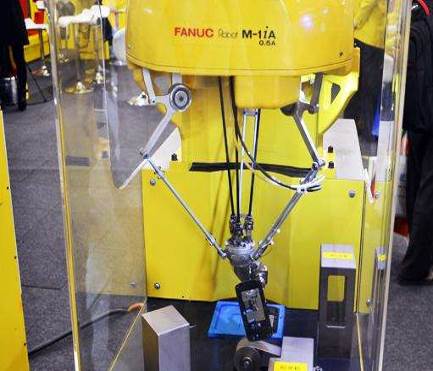
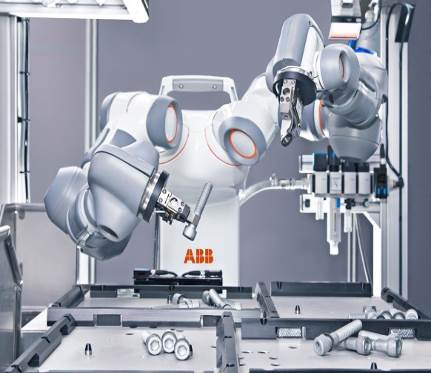
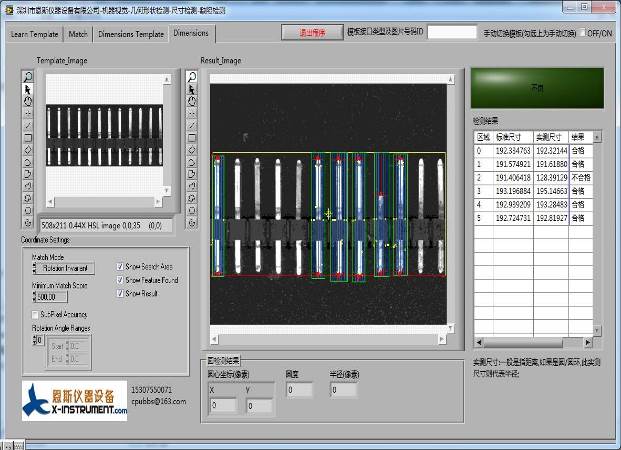

课题毕业论文、开题报告、任务书、外文翻译、程序设计、图纸设计等资料可联系客服协助查找。



